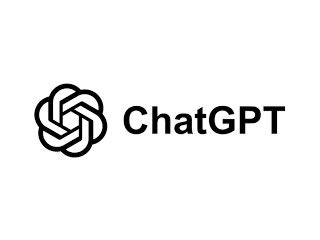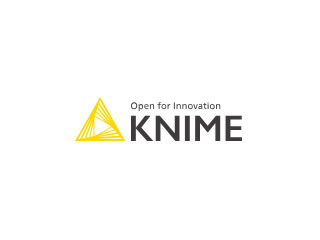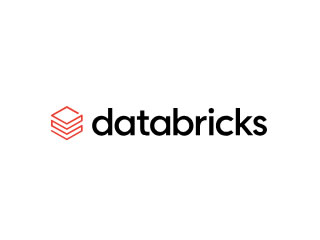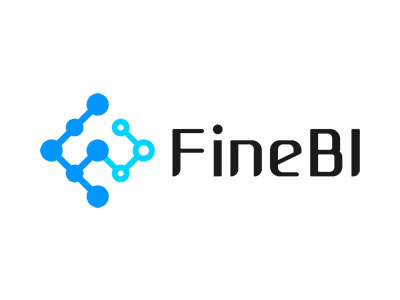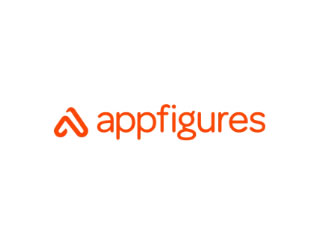
ChatGPT, short for Chat Generative Pre-trained Transformer, is a revolutionary generative AI chatbot developed by OpenAI and officially launched on November 30, 2022. Hosted on its official website chatgpt.com, it has not only redefined human-computer interaction but also sparked a global boom in artificial intelligence, becoming one of the most influential tech products of the decade.
At the heart of ChatGPT lies OpenAI’s evolving GPT series of large language models. As of November 2025, its core engine has been upgraded to GPT - 5.1, which empowers the platform to generate coherent text, speech, and images in response to diverse user prompts. OpenAI operates the website on a freemium business model, catering to different user needs:
- Free Users: They can access basic conversational features, use GPT - 5 for unlimited conversations under standard intelligent settings, and leverage the open search function without registration. It meets daily needs such as question - answering, simple content creation, and translation.
- Paid Subscribers: ChatGPT Plus, a $20 - per - month subscription tier, enables users to run GPT - 5 at a higher intelligence level. Pro subscribers enjoy even advanced access to GPT - 5, along with perks like priority access to new features, faster response speeds, and unimpeded access during peak hours. These premium tiers are particularly popular among professionals and enterprises for complex tasks.
The ChatGPT website integrates a wide range of powerful functions that go beyond basic chat, covering multiple practical scenarios:
- Multi - Modal Interaction: Users can interact via text, audio, and image prompts. The platform supports voice conversations on both mobile and supported desktop versions, allowing hands - free communication with customizable voice options. It can also analyze images, diagrams, and screenshots, or generate and edit visuals based on text descriptions.
- Practical Productivity Tools: It can handle tasks like drafting emails, writing code, summarizing documents, and conducting data analysis. Users can upload PDFs, CSVs, and other files for information extraction, and run code in a secure environment to visualize data trends and make projections. The Canvas feature serves as an interactive workspace for collaborative writing, editing, and debugging.
- Advanced Research Aids: The deep research function synthesizes content from multiple online sources to produce structured, cited outputs, which is ideal for writing reports and literature reviews. The integrated search tool enables access to real - time information, ensuring responses keep up with current events.
- Contextual Memory: When the memory function is enabled, the chatbot can recall details from previous turns in the conversation, enabling coherent and continuous interactions that mimic human communication patterns.
Since its launch, ChatGPT has achieved extraordinary growth milestones. Just five days after going live, it crossed 1 million users. By January 2023, it had amassed over 100 million users in two months, securing the title of the fastest - growing consumer software application in history. As of 2025, its website ranks among the world’s top 5 most visited sites, with over 800 million weekly active users. It has driven the global AI boom, prompting many tech firms to develop similar products and transforming fields such as content creation, software development, and education.
Despite its acclaim, the ChatGPT website faces widespread debates and challenges:
- Inaccurate Outputs: It may generate plausible - but - false content known as “hallucinations”, which poses risks in scenarios requiring strict accuracy, such as academic research and professional consulting.
- Ethical and Misuse Risks: Biases in training data can lead to biased responses. It may be exploited for academic dishonesty, generating misinformation, or even malicious code, leading some workplaces and educational institutions to restrict its use.
- Copyright and Regulatory Issues: The use of copyrighted content in its training data has sparked legal disputes. These problems have triggered global calls for stricter AI regulation to balance technological innovation and ethical norms.
